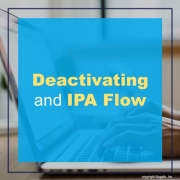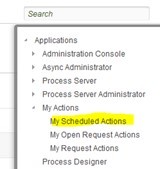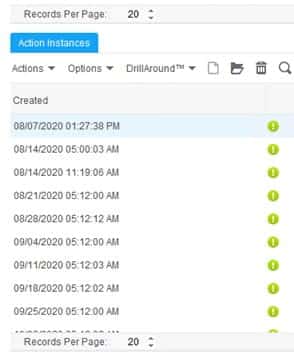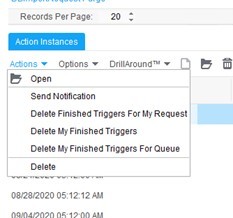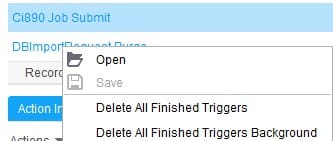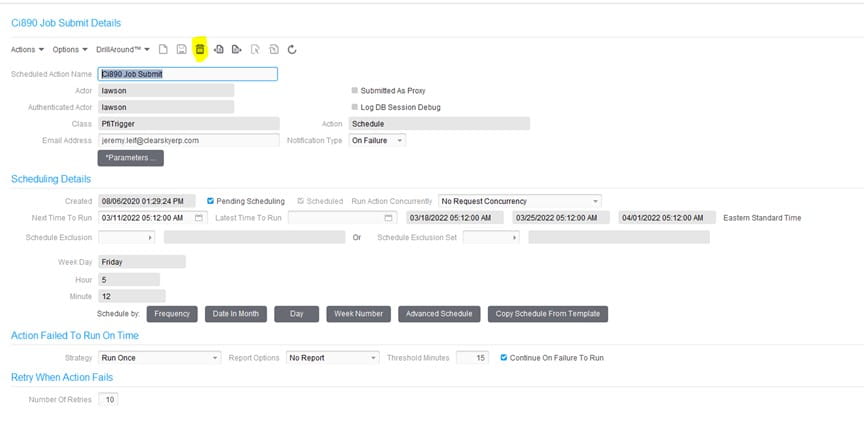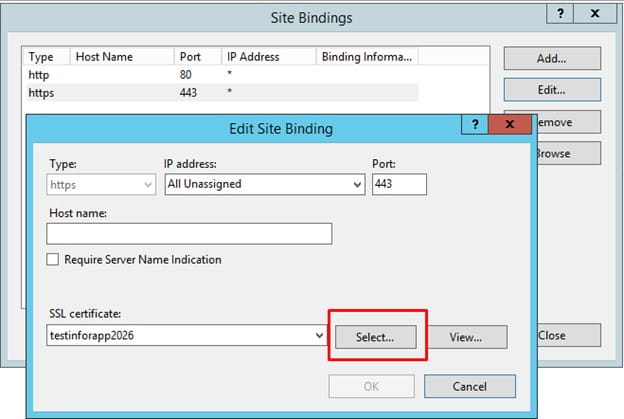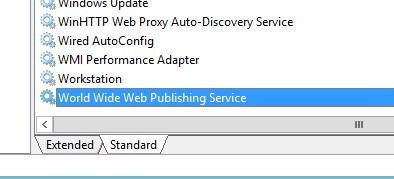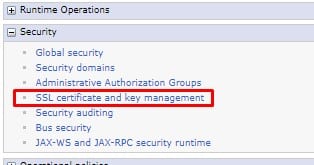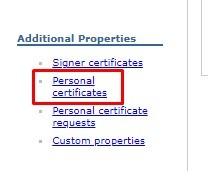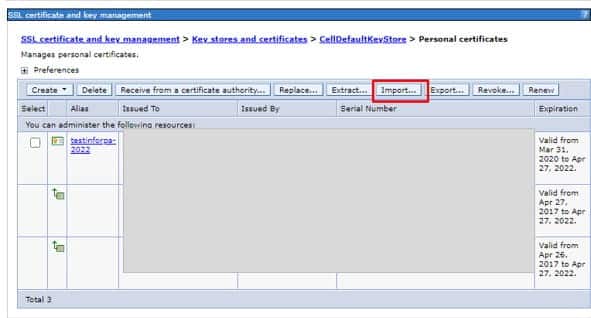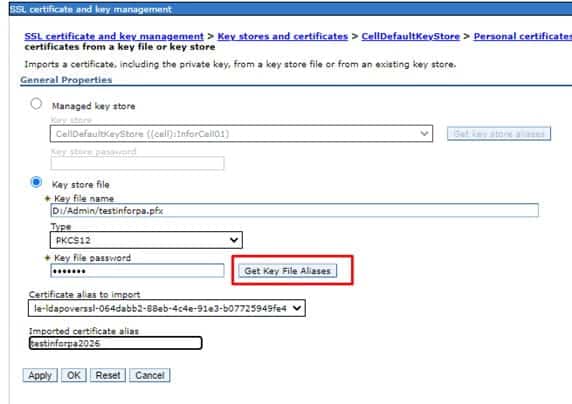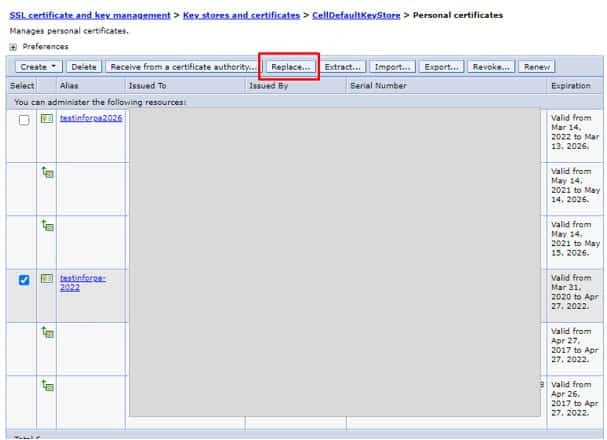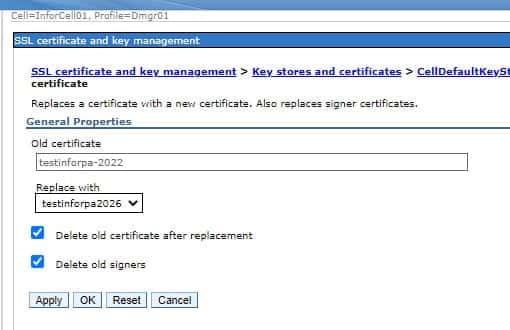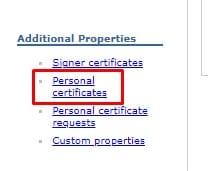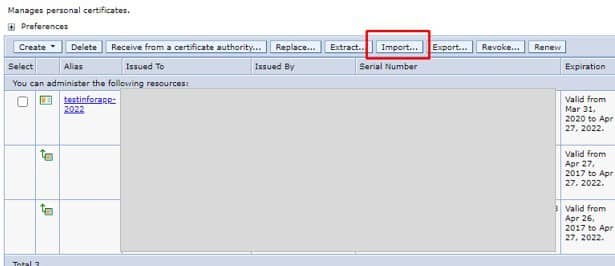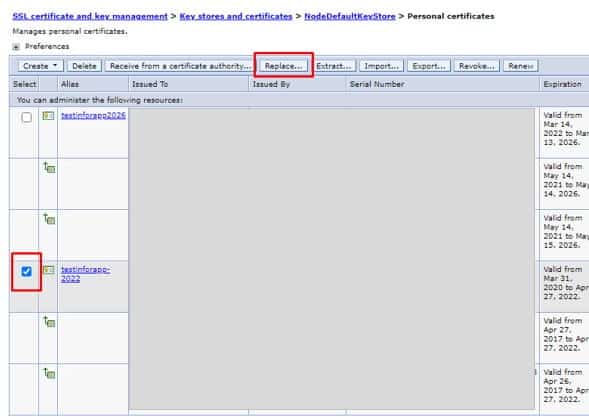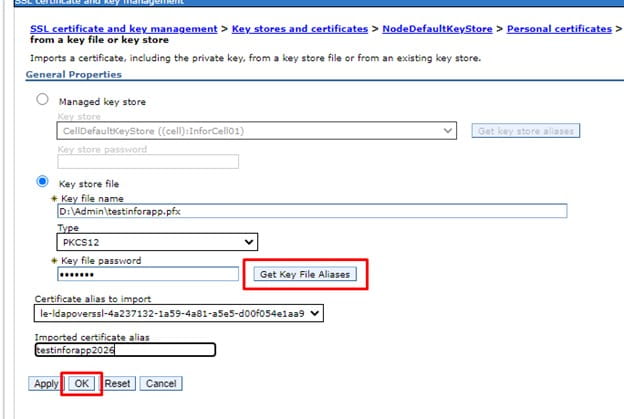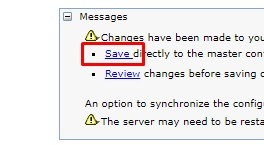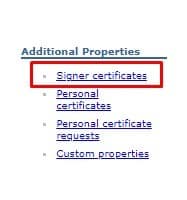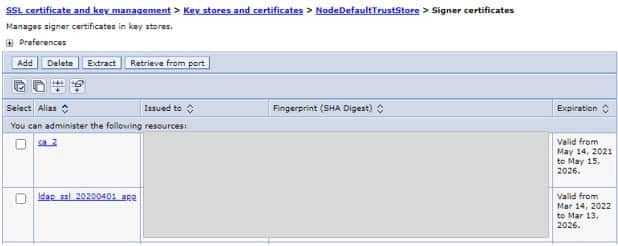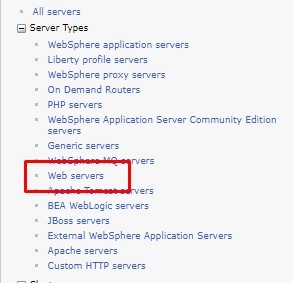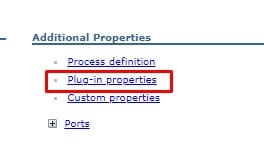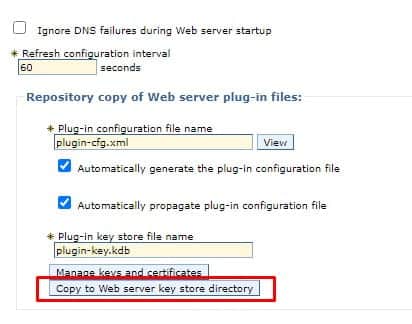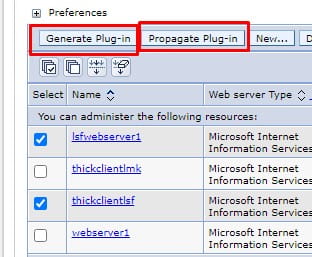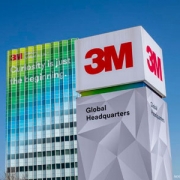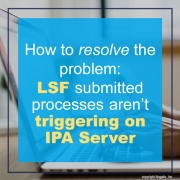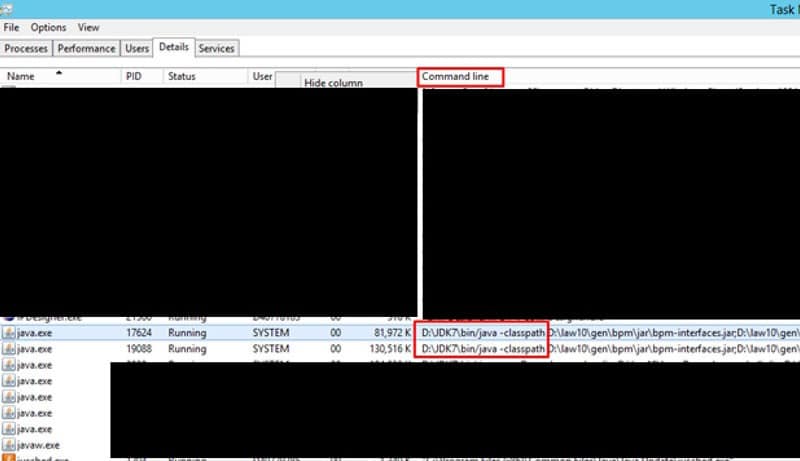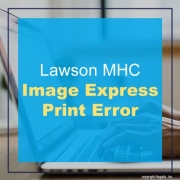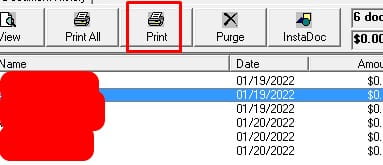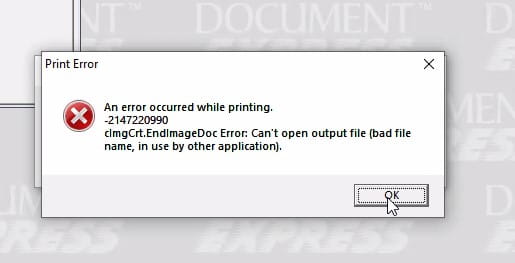Migrating to the cloud makes the most sense in this technological driven workplace. Though moving there takes a lot of planning and expert-level execution for the process to run smoothly. Firms will run into hiccups but if you prepare for them, these hiccups can easily be resolved. Accounting and managed services expert Michael Sellai of BPM LLP shares an article on accountingweb.com of certain factors that every company should be aware of and have a plan for when migrating to the cloud.
- Downtime. “Temporary loss of access to your data and systems during a migration, while common, can be costly and anxiety-inducing. Back up everything you have. Migrate during the lowest periods of usage. Try to work “locally” as everything is moved over.”
- Broken Apps. “Before your migration, do a thorough audit of every piece of software or application that you and your team use on a daily, weekly and monthly basis. It is critically important to implement security controls across the entire cloud platform to protect client information and mitigate staff errors. Ideally, clients will be able to upload their information to this platform via a secure portal since email opens the door for data privacy glitches and other costly mistakes.”
- Improper Bandwidth Expectations. “Take inventory of your daily speed-based headaches. Get the most out of this move. Instead of faltering by failing to prepare, you can improve the efficiency of your business from every angle.”
- Initial Costs. “Cloud computing often requires the purchase of software licenses, which are usually purchased on an annual basis. Smaller firms may find that moving their most important apps to the cloud will not achieve cost savings. For firms that successfully migrate to the cloud, you may rack up an IT tab that includes, for example, eight different platforms for your entire team for the entire year. But remember: your team will be more productive and profitable. You will save on hardware costs, repair costs, office space rentals and the daunting bill that will eventually come from accruing technical debt.”
- Lack of In-House Understanding. “One of the key of benefits to cloud computing is knowing that everything is working the way it should. If your firm does not have a dedicated IT guru or department on standby to manage these functions, there are professionals you can engage who are skilled managed IT service providers. They can also assist you in implementing the important security controls you need around your cloud platform to ensure client information is protected and your staff operates error-free.”



